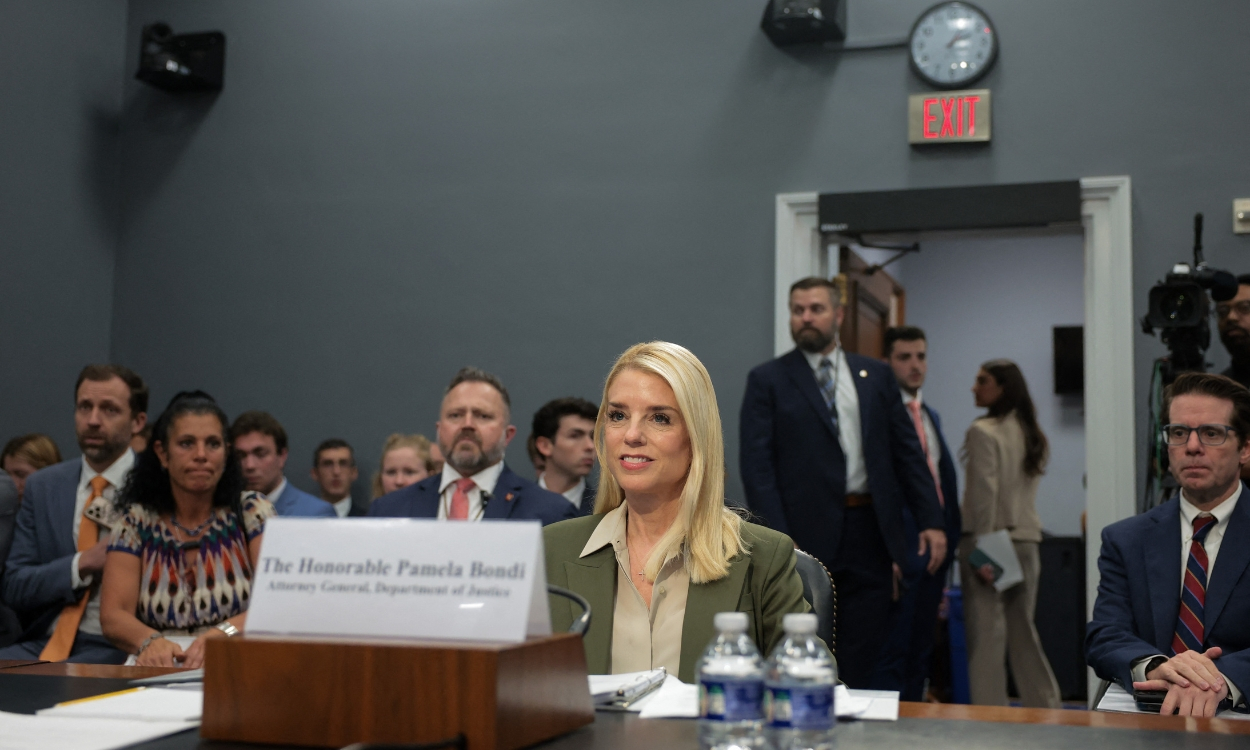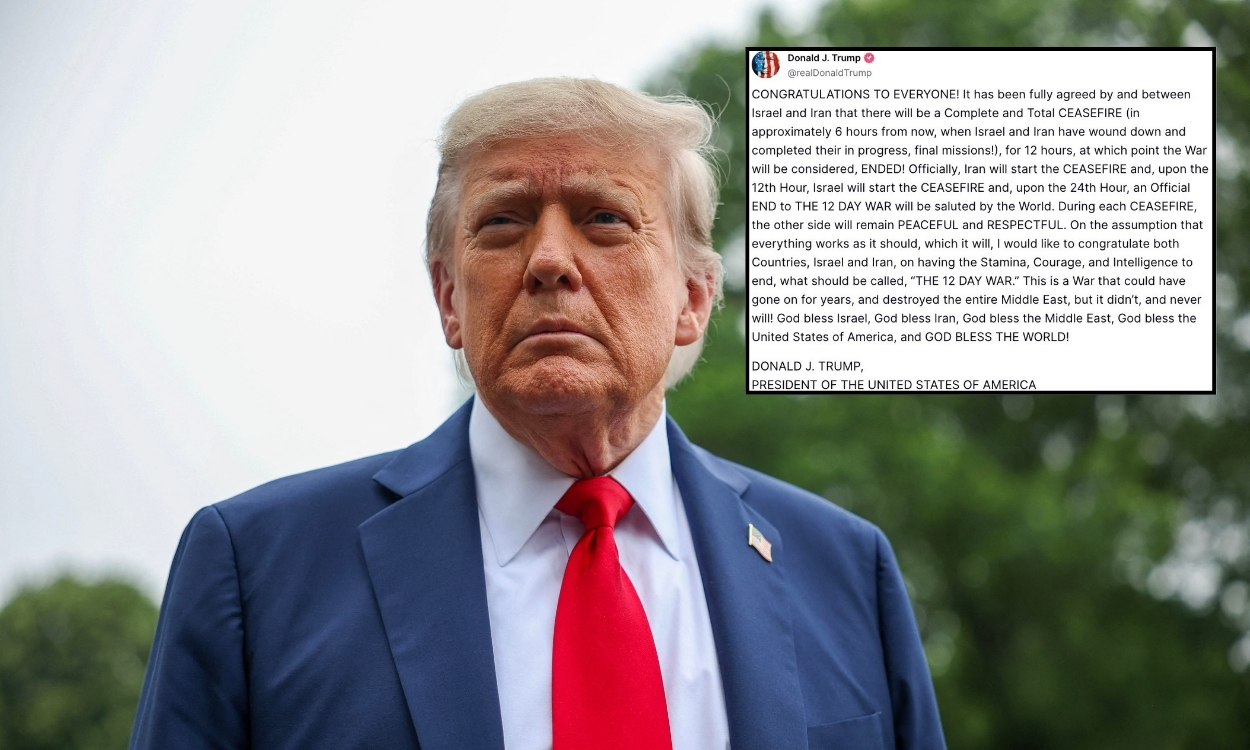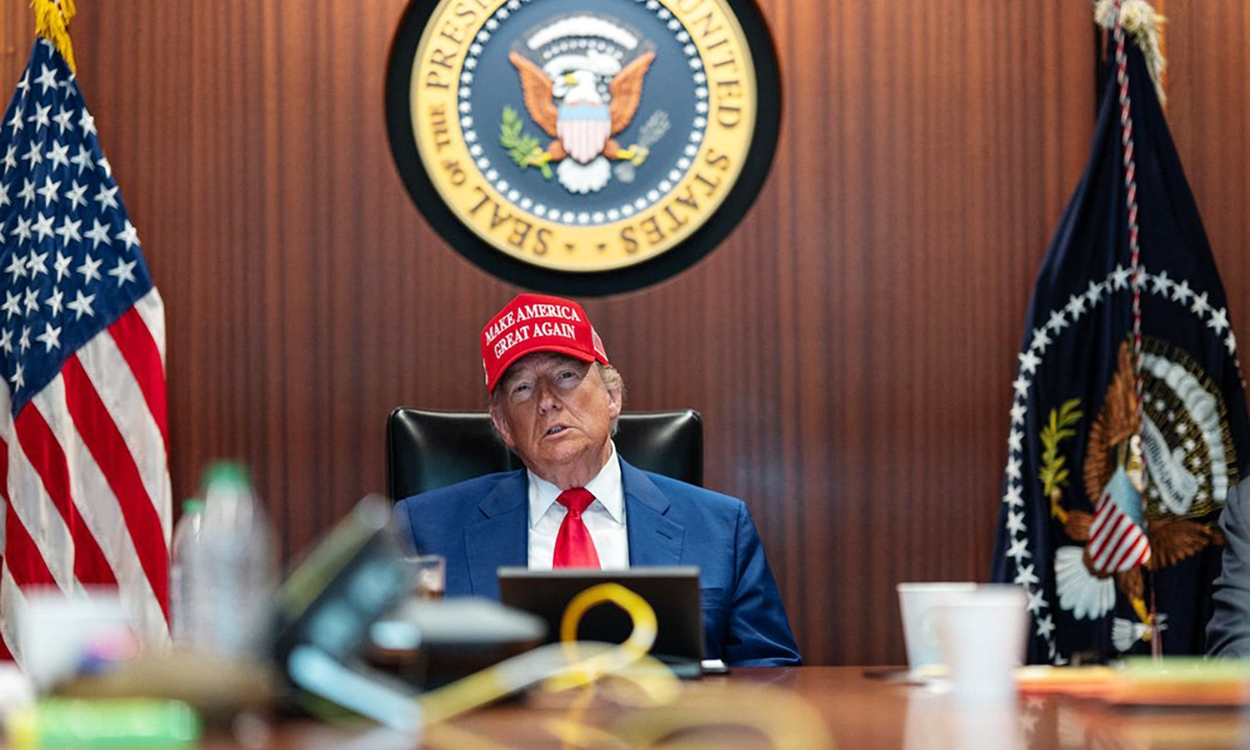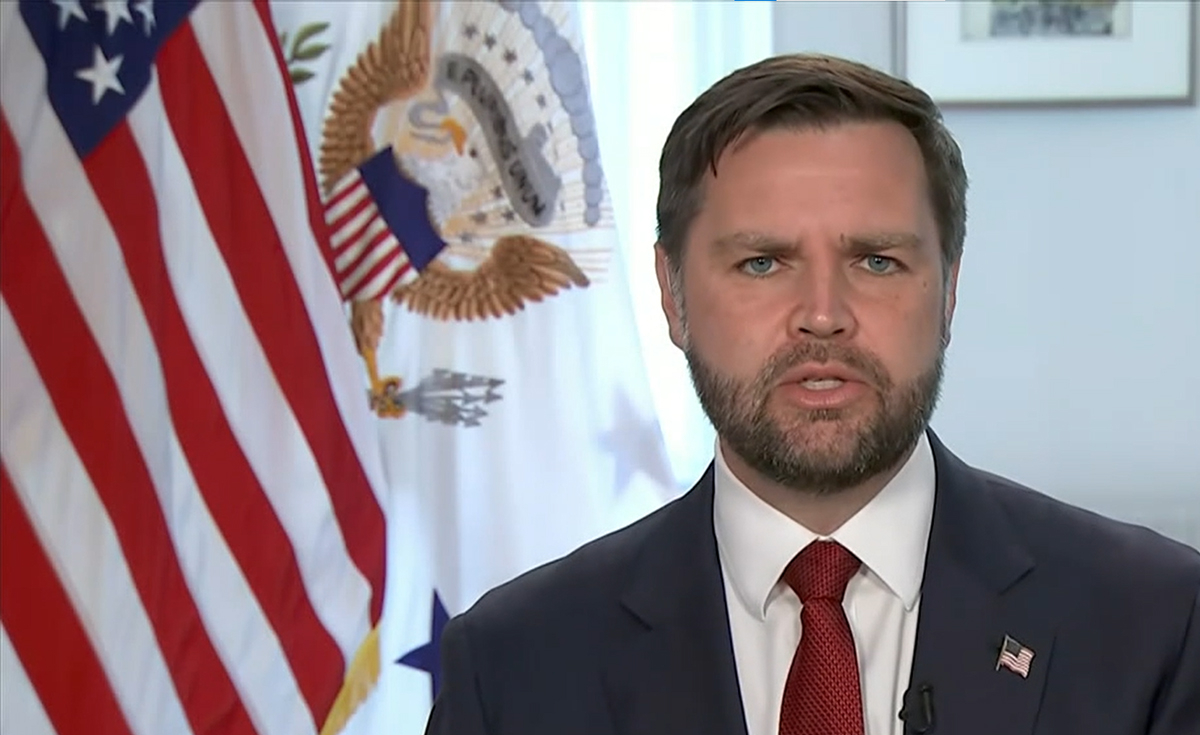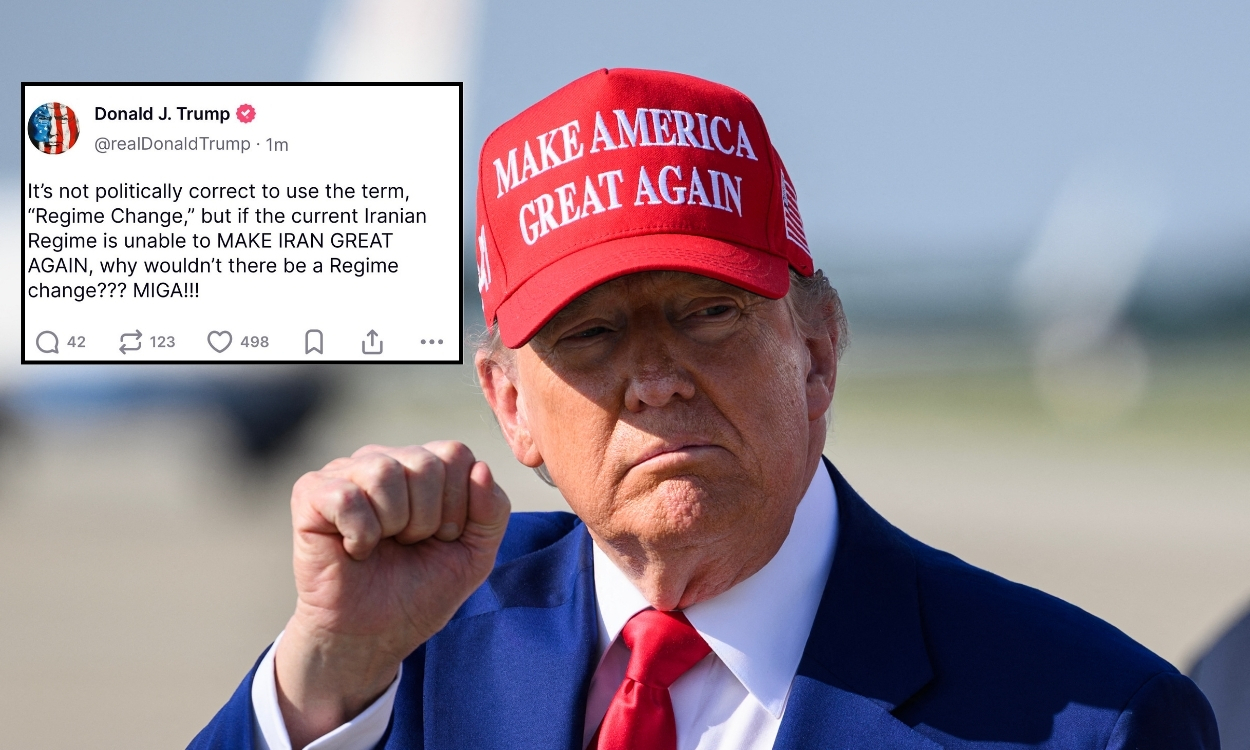When Will the Government Shutdown Start in 2025?
The deadline for congressional fiscal policy has been extended to September 30, following the agreement signed on March 15, thus avoiding an immediate government shutdown.
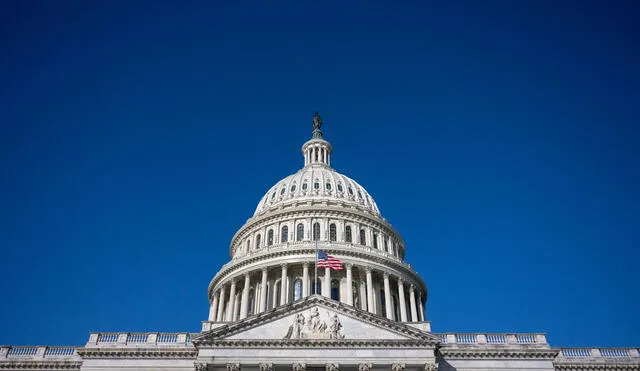
Since March, the new scheduled date for the Government Shutdown has changed. The deadline for Congressional fiscal policy has been extended until September 30. The continuing resolution (CR) was signed into law on March 15, with the previous deadline being March 14.
This government shutdown is relatively normal, but the consequences could have a strong impact on the country, especially on federal workers. For the moment, there is no impending government shutdown for 2025, but if a new appropriations bill or another CR is not passed, it could still happen.
What is a Government Shutdown?
The U.S. Committee for a Responsible Federal Budget (CRFB) explains that some federal agencies and programs rely on annual funding appropriations approved by Congress. This process happens every year, consisting of 12 appropriations bills, one for each subcommittee. However, Congress has not yet enacted any of them for 2025.
Some of the services affected by the shutdown include Social Security and Medicare, environmental and food inspection, national parks, air travel, Health and Human Services, the Internal Revenue Service, and the Supplemental Nutrition Assistance Program. This means that these offices would probably not be fully operational if the shutdown occurs.

Medicare could be one of the services affected by a Government Shutdown, leaving people without a payment. Photo: GLR Composition / Medicare / Freepik
How would federal employees be affected?
According to the CRFB, there are two kinds of shutdowns: full and partial. In a full shutdown, like the one in 2013, approximately 850,000 employees were furloughed. Another 350,000 civilian employees continued working until they were paid in January 2019. That year, there was a partial shutdown in which no employees were fired, but 420,000 were not paid until the shutdown ended.
There are two ways to avoid a government shutdown: passing appropriations or a continuing resolution. These must be approved by both chambers and signed by the President. If Congress cannot enact each bill, it would need to pass a CR to set a new deadline for FY 2025.


